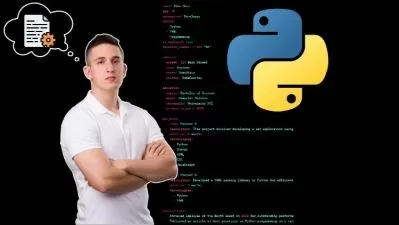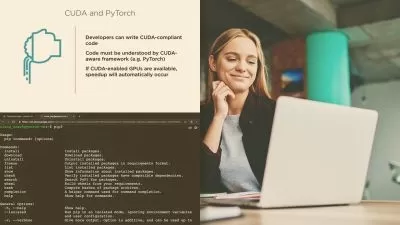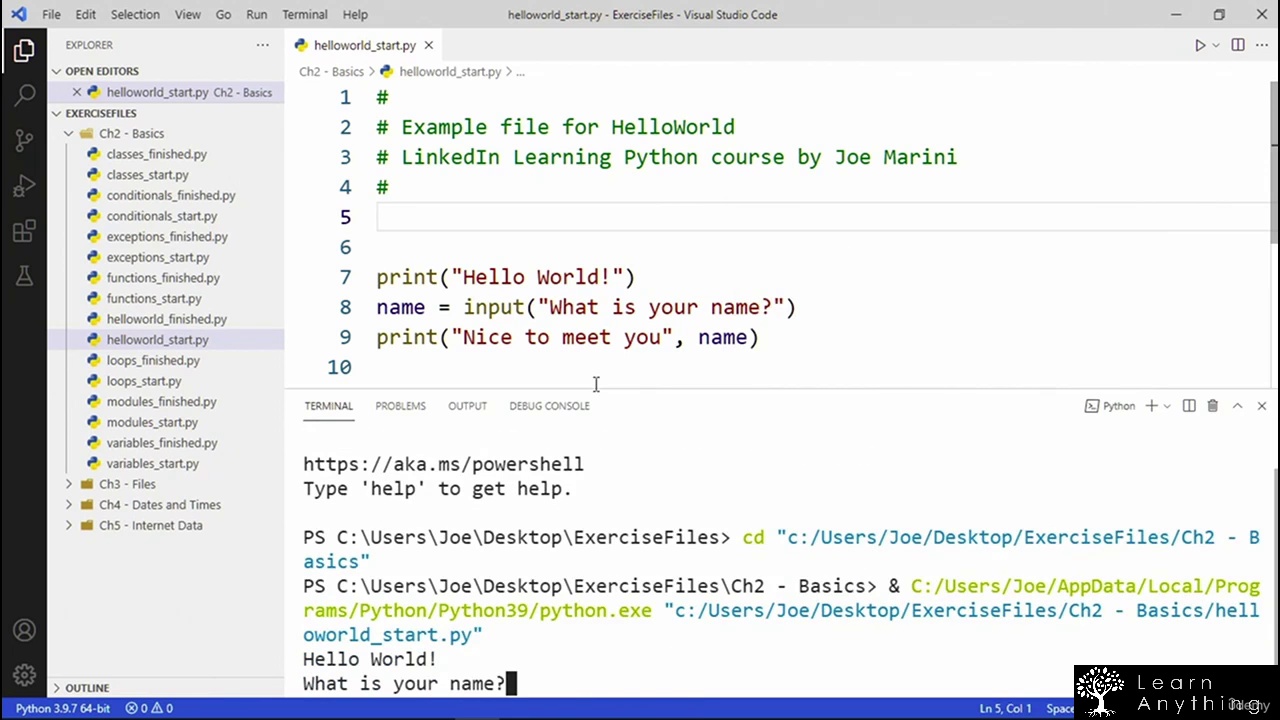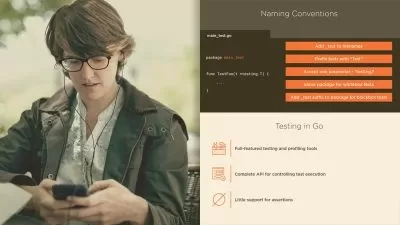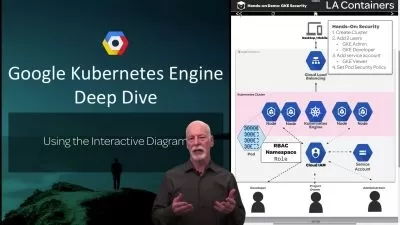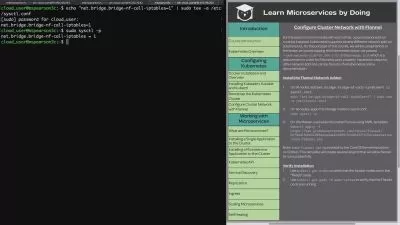Managing Dask Kubernetes with Kubectl, Python and Go
Brian Su
1:02:36
Description
Managing Dask Clusters with Kubernetes, minikube, Python and Go
What You'll Learn?
- What are Dask clusters and Dask Kubernetes?
- How to install Dask Kubernetes in local (Windows and Mac) with Docker and Minikube?
- How to list, create, delete and update dask clusters with Kubectl in local?
- How to monitor and verify dask clusters in local?
- How to list, create, delete and update dask clusters with Python in local?
- How to list, create, delete and update dask clusters with Go Kubernetes in local?
Who is this for?
What You Need to Know?
More details
DescriptionThis course has a lot of items:
What are Dask Kubernetes and Dask clusters?
How to install Dask Kubernetes with Docker and Minikube in local (Windows and Mac)?
How to create, delete and update dask clusters with Kubectl in local?
How to monitor and verify dask clusters with Kubectl in local?
How to create, delete and update dask clusters with Python code and libraries in local?
How to monitor and verify dask clusters with Python code and libraries in local?
How to create, delete and update dask clusters with go Kubernetes library in local?
How to use GO to build APIs to manage dask clusters (list, create, and delete)?
How to create the API swagger file?
How to develop and test backend GO APIs with Postman?
How to connect the GO APIs to the GO Dask management utilities?
How to use VUE JS to build an UI app to manage dask clusters (list, create, and delete)?
How to build the docker image for the backend GO API app?
How to run the backend API app docker image in local?
How to connect the front end VUE JS UI app to the local GO APIs?
How to build the docker image for the front end VUE UI app?
Note: everything is in local. In the near future, this course will add a lot of content for Cloud (e.g. Azure, AKS, ACR etc.)
Who this course is for:
- People who want to learn more on Dask
- People who want to learn more on Kubernetes
- People who want to learn more on Python
- People who want to learn more on Go (aka Golang)
This course has a lot of items:
What are Dask Kubernetes and Dask clusters?
How to install Dask Kubernetes with Docker and Minikube in local (Windows and Mac)?
How to create, delete and update dask clusters with Kubectl in local?
How to monitor and verify dask clusters with Kubectl in local?
How to create, delete and update dask clusters with Python code and libraries in local?
How to monitor and verify dask clusters with Python code and libraries in local?
How to create, delete and update dask clusters with go Kubernetes library in local?
How to use GO to build APIs to manage dask clusters (list, create, and delete)?
How to create the API swagger file?
How to develop and test backend GO APIs with Postman?
How to connect the GO APIs to the GO Dask management utilities?
How to use VUE JS to build an UI app to manage dask clusters (list, create, and delete)?
How to build the docker image for the backend GO API app?
How to run the backend API app docker image in local?
How to connect the front end VUE JS UI app to the local GO APIs?
How to build the docker image for the front end VUE UI app?
Note: everything is in local. In the near future, this course will add a lot of content for Cloud (e.g. Azure, AKS, ACR etc.)
Who this course is for:
- People who want to learn more on Dask
- People who want to learn more on Kubernetes
- People who want to learn more on Python
- People who want to learn more on Go (aka Golang)
User Reviews
Rating
Brian Su
Instructor's Courses
Udemy
View courses Udemy- language english
- Training sessions 31
- duration 1:02:36
- Release Date 2023/08/24






